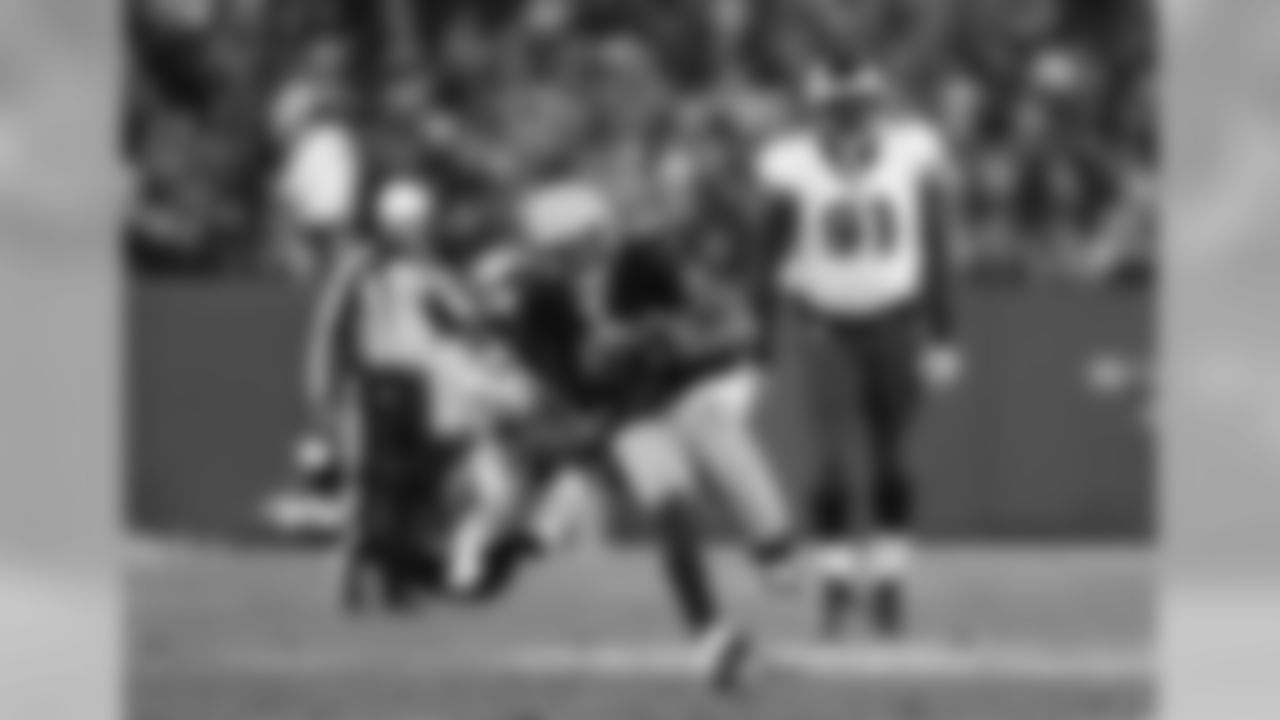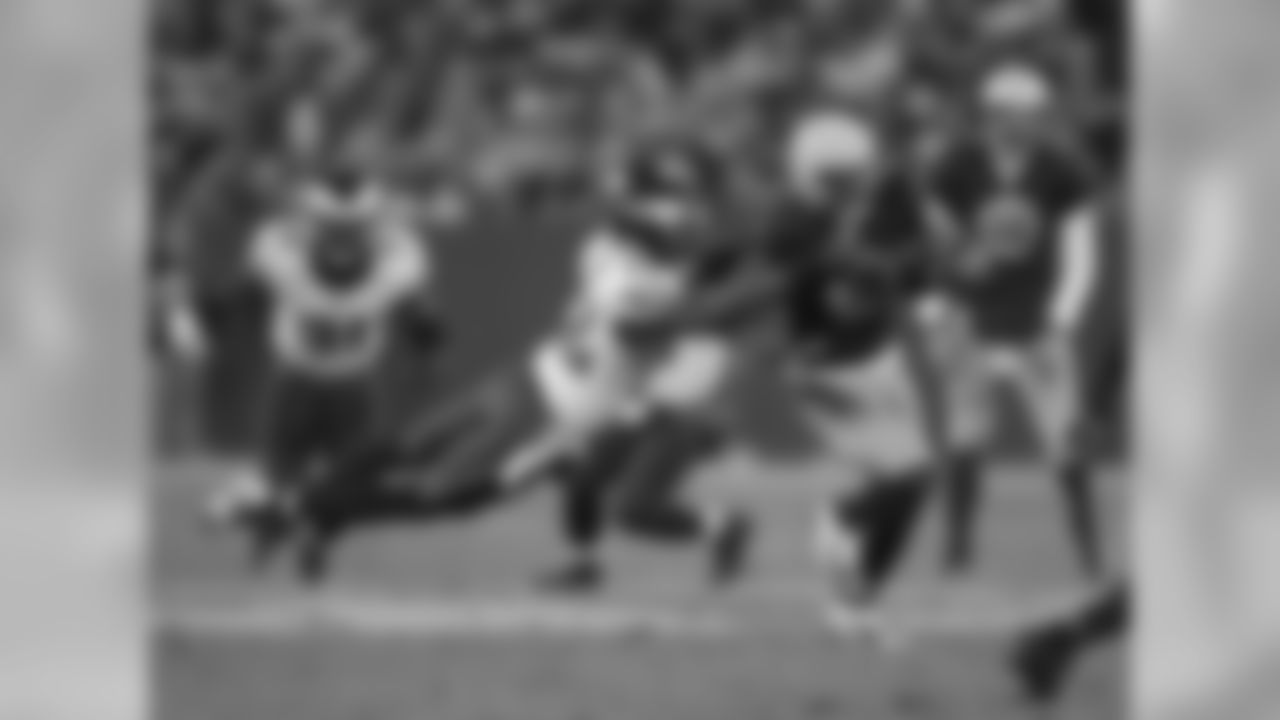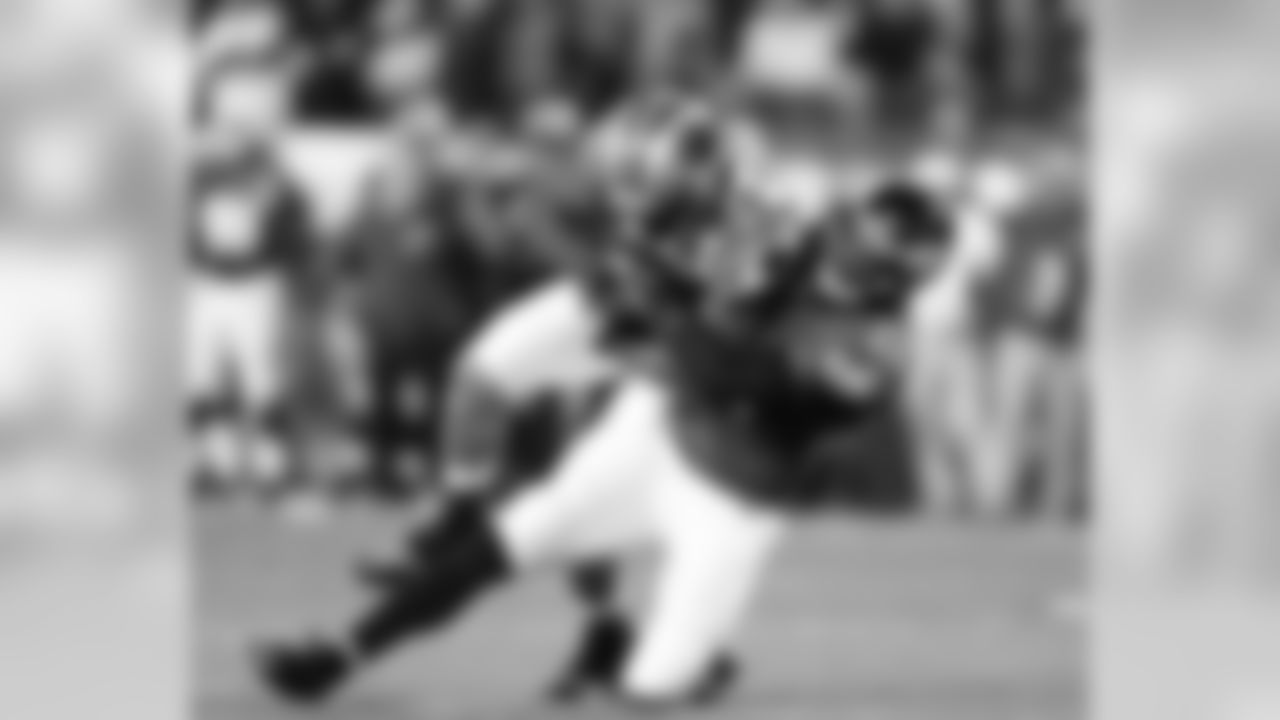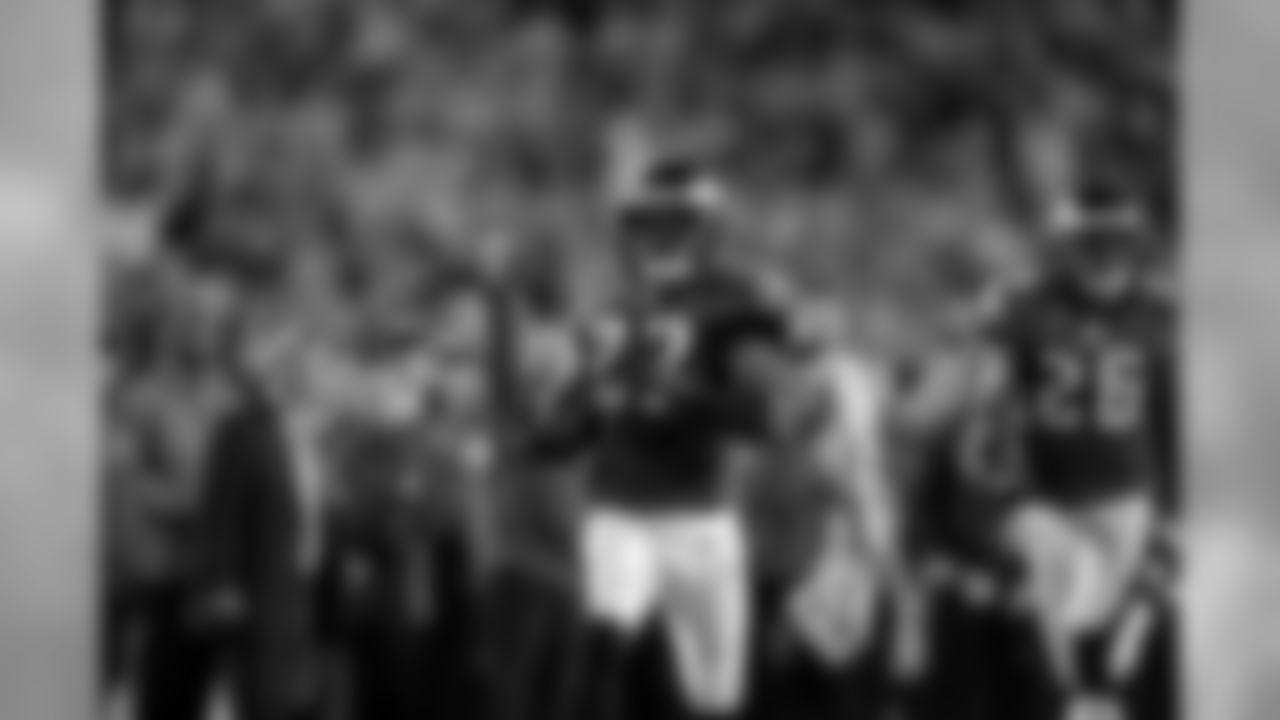Let's get to it:
DANIEL WILLIAMS FROM DANIEL ISLAND, SC:
How many draft picks do the Steelers have left in 2016, since we traded for Brandon Boykin and Josh Scobee?
**
The Pittsburgh Steelers acquired cornerback Brandon Boykin from the Philadelphia Eagles in exchange for a conditional fifth-round selection in the 2016 NFL Draft.














When this summer started, the Steelers had seven picks in the 2016 NFL Draft, one in each round. The acquisition of Boykin from the Eagles cost the Steelers their fifth-round pick in 2016, unless Boykin plays 60 percent or more of the defensive snaps this season, at which point the draft pick becomes a fourth-round selection. The cost for Josh Scobee was a sixth-round pick. So to summarize, the Steelers have picks in the first, second, third, fourth or fifth, and seventh rounds in 2016. As for compensatory selections, the only unrestricted free agent the Steelers lost this past offseason was cornerback Brice McCain, who signed with the Miami Dolphins. Maybe that earns a compensatory pick at the end of the seventh round, and maybe not.**
ROB POLLI FROM RENO, NV:
The Steelers now have given away two draft picks for next year. Do they feel next year's draft may not have a lot of talent? Are they planning on getting compensatory picks? Did they just feel it was the only way to get the players they needed this year, or maybe a combination of all of these? I don't recall the Steelers trading away draft picks in recent memory.
Over the last 55-plus years, the Steelers have gone from one end of the spectrum to the other in the category of trading draft picks for players. During the Buddy Parker era, trading away draft choices for veteran players was policy. From 1959-63, the Steelers traded 29 of the 35 total picks they originally held over the first seven rounds of those five drafts. Then when Chuck Noll was hired in 1969, the Steelers traded one future pick for a veteran player in 1973 and then it didn't happen again until 1984. The Steelers believe in the draft as the primary method of adding talent to their roster, but they have become less rigid in pursuing the other available means to try to accomplish the same goal. Following the acquisition of Brandon Boykin in the trade with the Eagles, Coach Mike Tomlin talked about when it's proper to trade a player for a pick in a future draft.
"We have no set principle or philosophy," said Tomlin. "We look at the needs of the moment and weigh it against the cost of addressing those needs. Then we make those determinations on an individual basis. The latest acquisition, Brandon Boykin, is an indication that we believe the needs of the moment supersede the expense of next year's draft pick. It requires some discussion and some thought. We have great continuity, with Kevin (Colbert) and myself and Art (Rooney II), and that's what is required."
**
I don't believe the Steelers – at the time of the trades for Boykin and Josh Scobee – had a definitive opinion one way or the other about the quality of talent to be available in the 2016 draft, mainly because nobody knows how many underclassmen might declare for the draft, and which underclassmen might be the ones to do so. In the trades the Steelers made this summer, they believe they got a cornerback with ball skills who has shown himself to be outstanding as a slot defender, and a veteran placekicker who has made 86.5 percent from 20-49 yards over the last four seasons with 53.7 percent of his kickoffs going for touchbacks over the same span. And they were able to add those players to their roster immediately, instead of picking them in 2016 and waiting for them to develop into what they are now. That was their thinking. Time will judge whether they were correct, but it seems like a bet worth making.**
BOB RUSSAK FROM HASTINGS ON HUDSON, N.Y.:
Do you attribute the poor showing of the secondary to the fact they are being force fed the cover-2 scheme with which they are not familiar? And with Mike Tomlin taking more control of the defense, does this show lack of confidence in our defensive coordinator?
Mike Tomlin is the head coach, and that title puts him in the position of final authority and ultimate responsibility with issues regarding the performance of the football team. The changes the Steelers have made to their defense are ones designed to take advantage of the talent on hand, just as was Tomlin's decision to leave things status quo when he was hired in 2007. Back then, the Steelers were loaded with difference-making 3-4 personnel, and so Tomlin stuck with what was working. The team won the Super Bowl after the 2008 season and went to another one after the 2010 season. The changes being made now are necessary ones, rather than arbitrary ones. The Steelers simply don't have the personnel to play the kind of defense that helped them win Super Bowl XL and Super Bowl XLIII. Two-gapping defensive linemen are a rarity in college football, and the Steelers need more interceptions than the fire-zone concepts were yielding in each of the previous four seasons. These adjustments are going to take time, and keep in mind the CBA allows for limited exposure to players in the offseason, which means the Steelers have had maybe three months to teach the players these concepts. When home improvement projects get under my skin, my wife always says, "Temporary inconvenience for permanent improvement." Over time, these changes to the Steelers defense are going to pay dividends, and Keith Butler is wholeheartedly in agreement. And he has Tomlin's confidence, or he wouldn't have been the coordinator-in-waiting for as long as he was.
ALLEN JACKSON FROM GREENVILLE, S.C.:
With the suspension of Martavis Bryant being upheld at four games, I too am "disappointed" and becoming frustrated. With that being said, I like what I've seen from Shakim Phillips. Can you give me a little background on him? The pros and cons if you will, and do you think that Tyler Murphy will make the 53-man roster?
**
It's funny you mentioned those two players, because they were teammates in 2014 at Boston College, where Tyler Murphy was doing the throwing and Shakim Phillips was doing the receiving. Phillips has intriguing size – 6-foot-3, 206 pounds – but he never put up any of those eye-catching receiving numbers that are so prevalent in college football these days. Phillips began his college career in 2010 at Boston College, and then he transferred to UConn and sat out the 2011 season. He played for the Huskies in 2012-13 and in those two seasons had 60 catches for 805 yards and four touchdowns, and he graduated from UConn with a degree in resource economics. With one season of eligibility remaining, Phillips took advantage of the NCAA graduate rule and went back to Boston College, where he caught 13 passes for 282 yards and four touchdowns. The cons on Phillips would be inexperience, inconsistency, and a lack of big-time competition in college that all combine to make him a developmental prospect as opposed to being a guy who's clearly NFL-ready. Murphy will play receiver in the preseason finale, and the same can be said about him – intriguing measurables but more of a developmental prospect. That said, the Steelers have eight wide receivers on their 53-man roster, including Martavis Bryant who will go on the suspended list when final cuts are made, and last season they opened the regular season with six. Never say never.**
RYAN FOX FROM DANVILLE, PA:
I have two questions: First, with the suspensions, are those players excluded from all team activity for the time period or just games? Second, a lot of the big pass plays completed on the defense seem to be just over the linebackers. Is this a factor of offensive design or a lack of execution on the defensive side with the linebackers and safeties?
As for a suspended player, here is what Coach Mike Tomlin said about what he is permitted to do: "He's allowed to participate in all off-field activities, including meetings, training and rehabilitation. He's not allowed to participate in any on-field activities, or watch them." To clarify, a suspended player can watch the game on television, just not in person from the sideline. As for passes being completed over the linebackers – now maybe more people understand why the Steelers drafted a speedy inside linebacker named Ryan Shazier on the first round last year, and why they are not going to turn him into a safety. Shazier and Lawrence Timmons both have the speed/coverage skills to get deeper into the zone to make those completions more difficult. The touchdown pass in Buffalo to Charles Clay, for example, was due to the linebacker not getting deep enough quickly enough. It was not the fault of the safeties.
RON HOBBS FROM LAKE MARY, FL:
Why is the world do you draft a quarterback in the fourth round to simply train for three or four years for another team instead of picking up an experienced backup trained by others?
As the O'Jays sang back in 1973: "Money, money, money, money. Money." Drafting a quarterback on the fourth round would cost a team a total of about $2.4 million over the entire length of the deal, about $600,000 per season. In contrast, signing Bruce Gradkowski to the three-year contract under which he's still playing cost the Steelers $4 million. If you can draft and develop your own backup quarterback, it's cheaper and you can teach him your system and your methods, and then when his rookie deal expires you try to re-sign him. None of this applies if the player who is drafted cannot develop into the role the team has in mind for him, but a team never goes into this kind of thing thinking it's going to pick the wrong guy.













